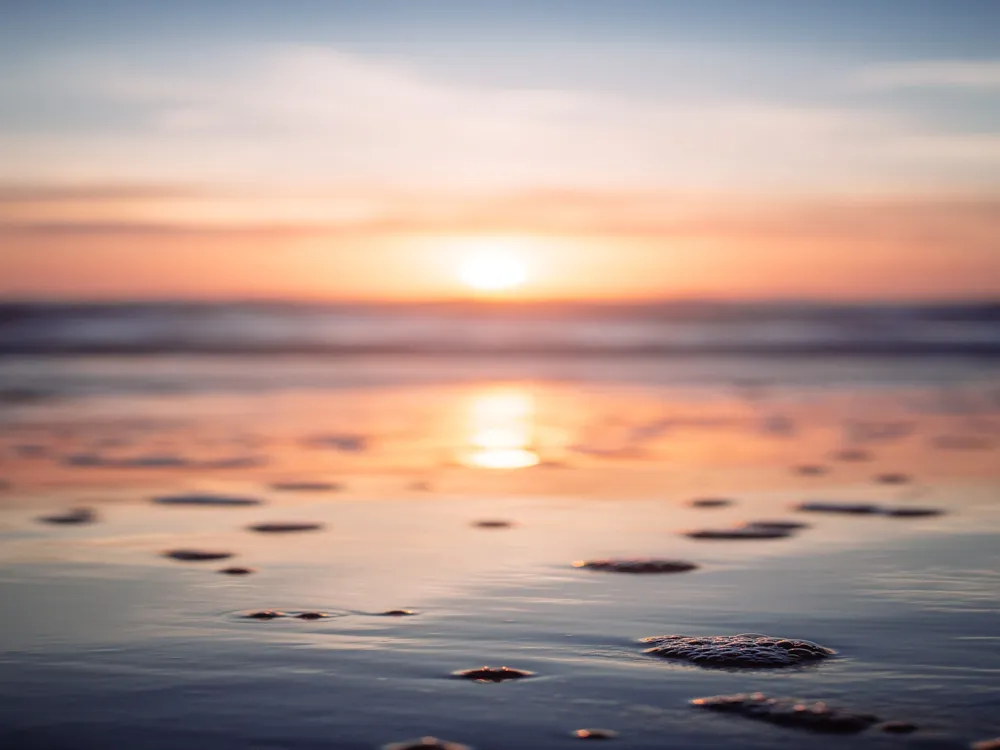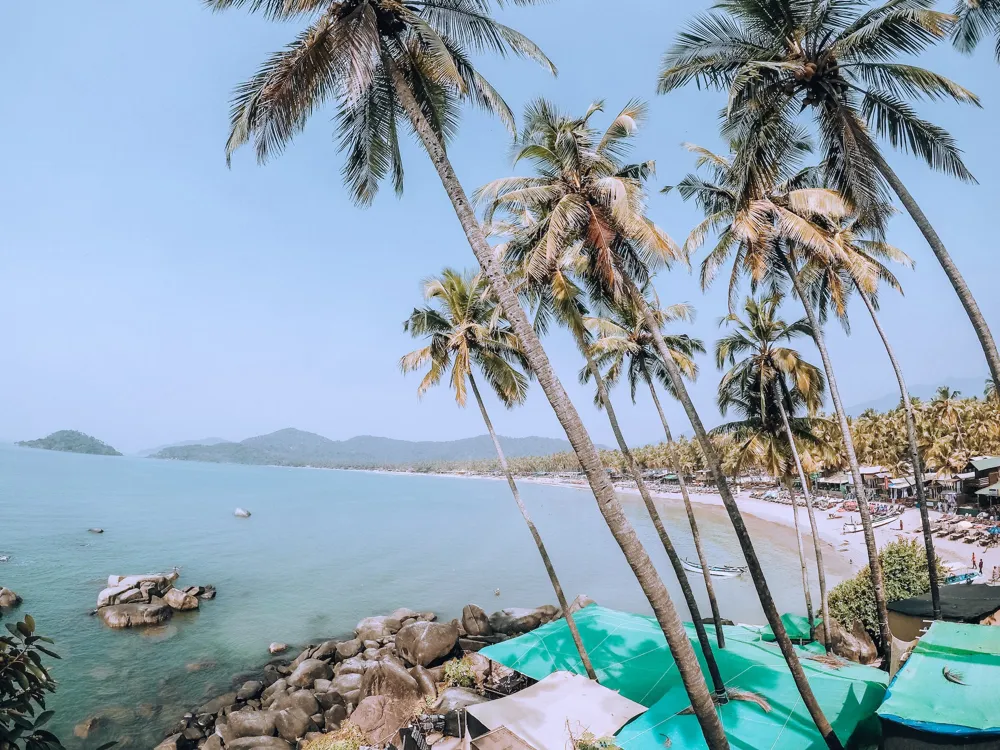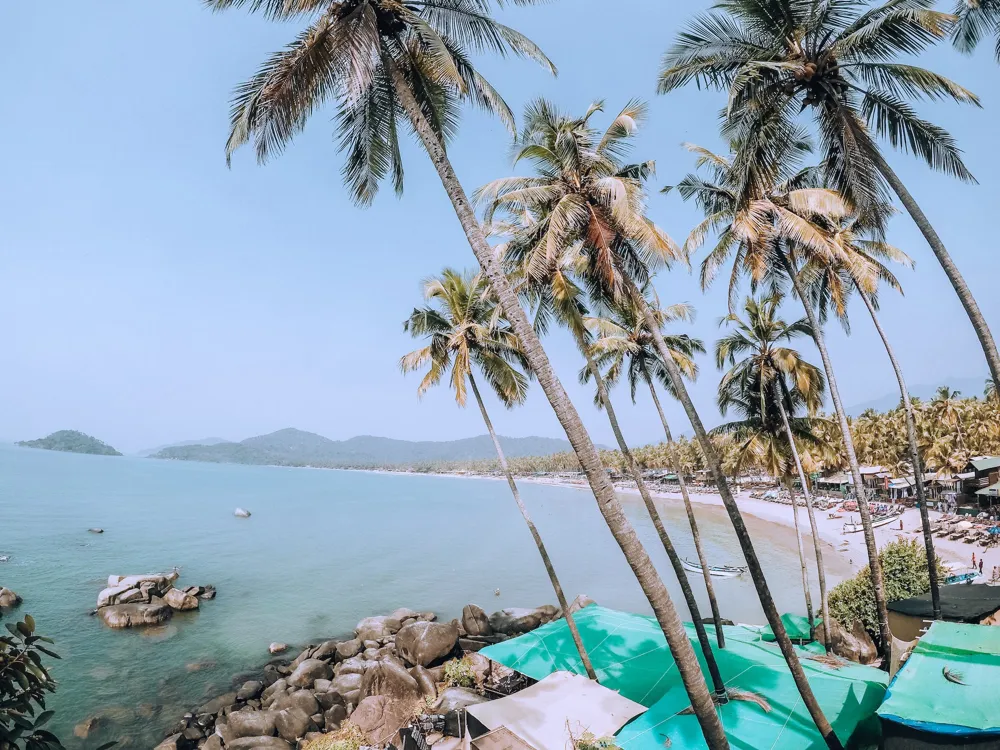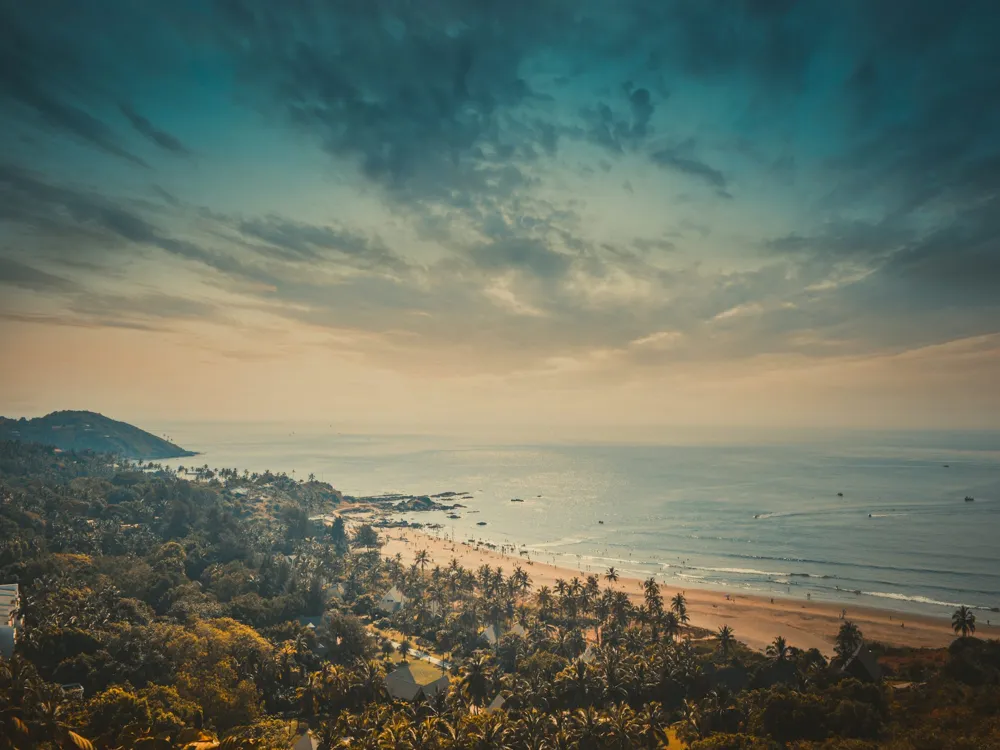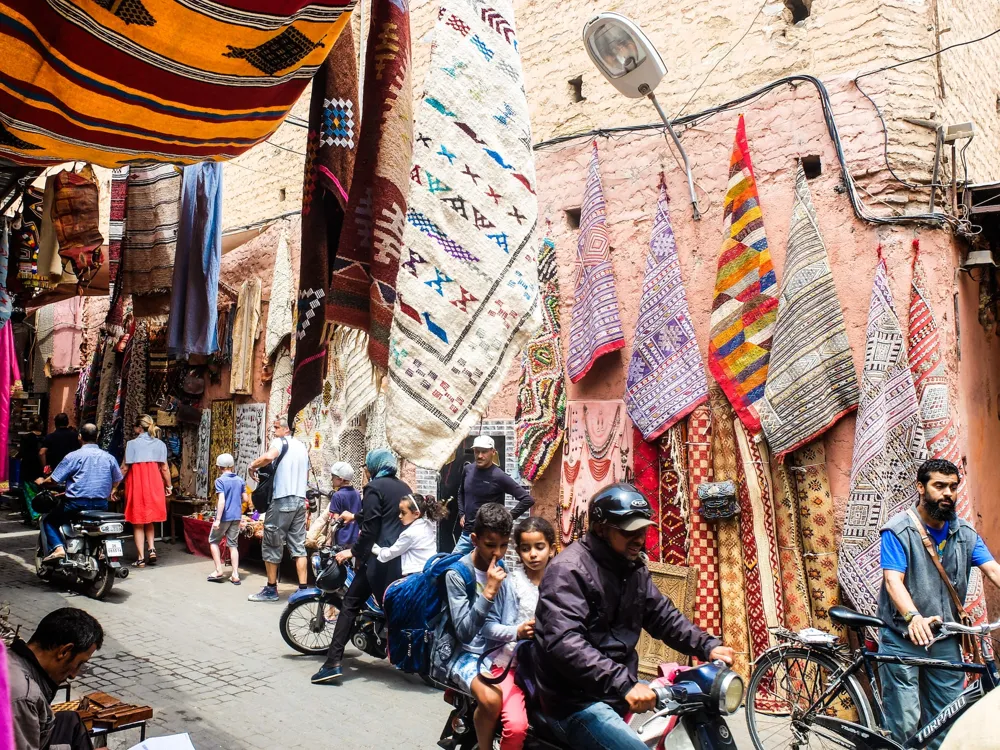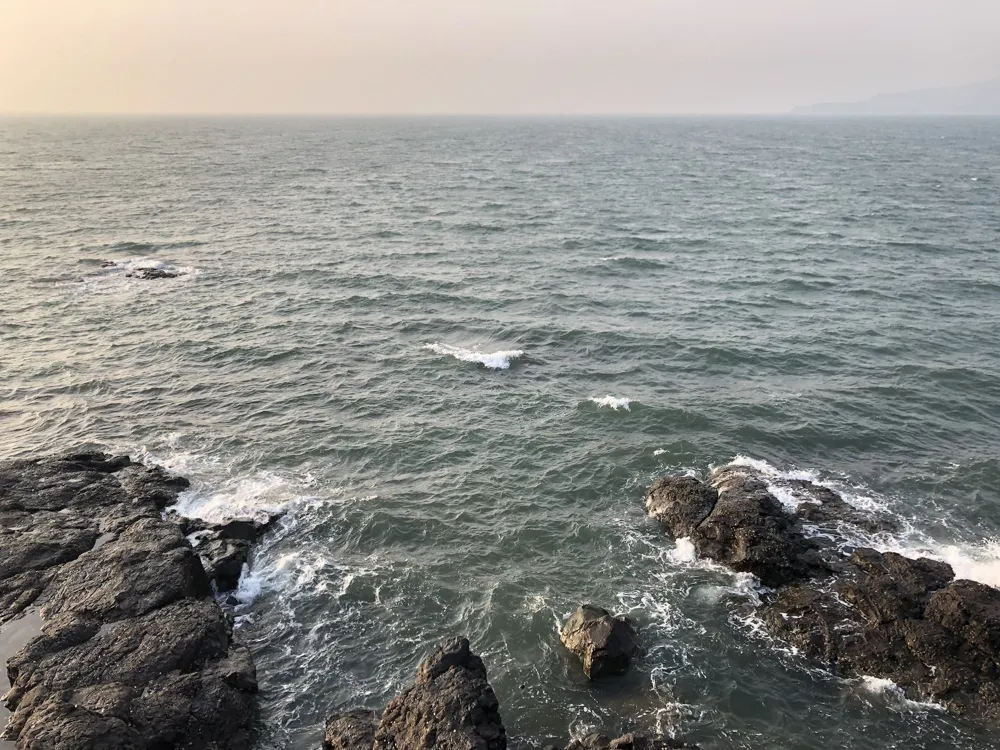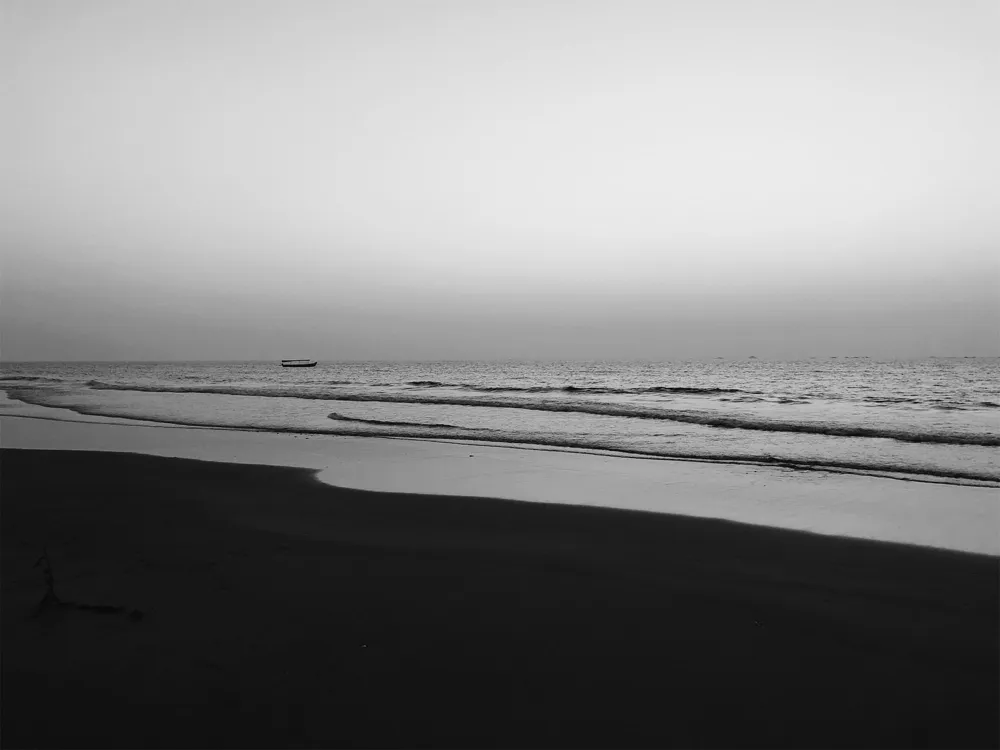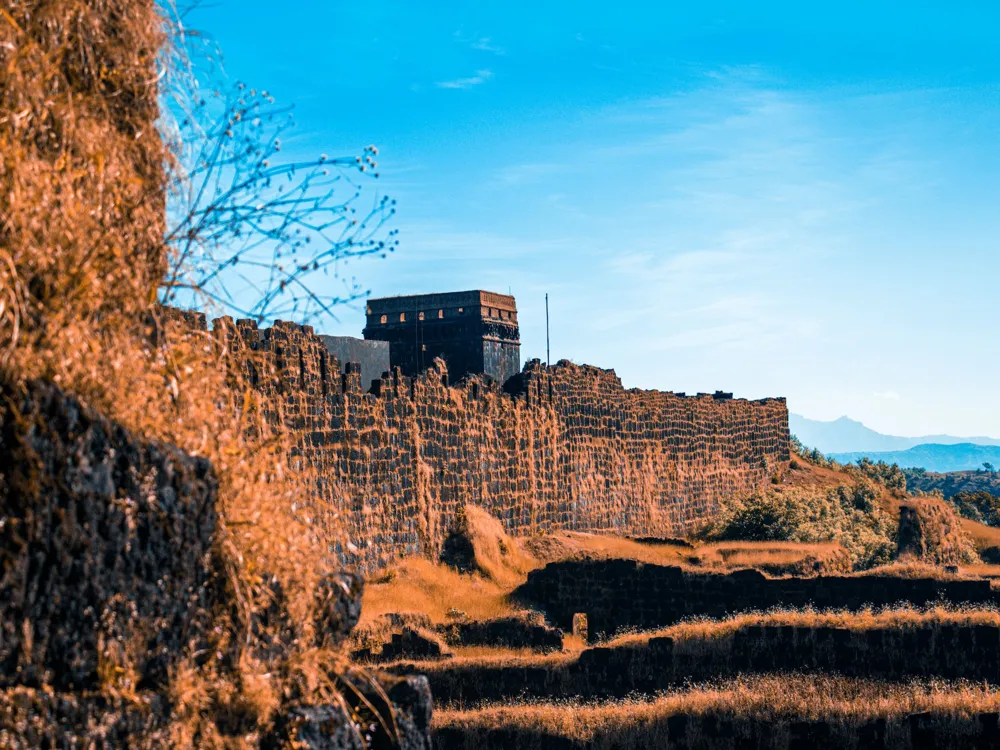Coco Beach, situated in the serene northern region of Goa, is a hidden gem renowned for its breathtaking natural beauty and tranquil atmosphere. This picturesque beach is nestled at the mouth of the Nerul River on the Mandovi Estuary, making it a unique blend of river and sea. The beach, known for its golden sands and swaying palm trees, offers a perfect retreat for those seeking a peaceful getaway from the bustling city life. The charm of Coco Beach lies in its untouched natural splendor and less commercialized environment. The area around the beach is a tapestry of lush greenery and traditional Goan houses, which adds to its rustic charm. The beach is relatively quieter and less crowded, making it an ideal spot for families, couples, and solo travelers who wish to bask in the serene ambiance of Goa's natural beauty. Apart from its scenic beauty, Coco Beach is also a hub for various water sports and activities. Visitors can indulge in jet skiing, banana boat rides, and dolphin sightseeing trips, which are quite popular in this area. The local boat operators organize these trips, providing a safe and enjoyable experience for all. For those who prefer a more relaxed pace, there are plenty of shacks and eateries along the beach where one can savor delicious Goan cuisine while enjoying the stunning sea view. The architecture in and around Coco Beach, North Goa, is a harmonious blend of Portuguese and Indian influences, reflecting the rich cultural history of the region. The structures near the beach predominantly feature the quintessential Goan style of architecture, characterized by bright colors, intricate wooden work, and ornate balcões (balconies). One of the striking features of Goan architecture is the use of locally sourced materials such as laterite stones, which are abundant in the region. These stones, known for their rich red color, are commonly used in the construction of houses and buildings, giving them a distinctive and earthy appearance. The roofs are typically sloped and covered with red clay tiles, complementing the laterite walls and creating a picturesque aesthetic. The influence of Portuguese architecture is evident in the elegantly designed windows, verandas, and pillared porches. These elements not only add to the aesthetic appeal but also serve practical purposes, such as providing shade and facilitating air circulation in the tropical climate. The fusion of Portuguese and Indian architectural elements has resulted in a unique and charming style that is exclusive to Goa and its coastal areas. The ideal time to visit Coco Beach is from November to February when the weather is pleasant and conducive for beach activities and sightseeing. While there are limited stay options directly on Coco Beach, numerous comfortable accommodations are available in the nearby areas, catering to various budgets and preferences. Always adhere to safety guidelines while indulging in water sports and be cautious of the sea currents. It's advisable to follow the instructions provided by local authorities and lifeguards. Coco Beach is easily accessible by various modes of transportation. The nearest airport is Dabolim Airport, from where one can hire a taxi or take a bus to reach the beach. For those traveling by train, the nearest railway stations are Thivim and Karmali, both of which are well-connected to major cities. Local buses, taxis, and auto-rickshaws are also available for convenient travel within Goa. Read More: Overview of Coco Beach, North Goa
Architecture of Coco Beach
Tips When Visiting Coco Beach
Best Time to Visit
Accommodation
Safety and Precautions
How To Reach Coco Beach
Coco Beach
North Goa
Goa
NaN onwards
View goa Packages
Weather :
Tags : Beach
Location : 11km from Panjim
Planning a Trip? Ask Your Question
Goa Travel Packages
View All Packages For Goa
Top Hotel Collections for Goa

Private Pool

Luxury Hotels

5-Star Hotels

Pet Friendly
Top Hotels Near Goa
Other Top Ranking Places In Goa
View All Places To Visit In goa
View goa Packages
Weather :
Tags : Beach
Location : 11km from Panjim
Planning a Trip? Ask Your Question
Goa Travel Packages
View All Packages For Goa
Top Hotel Collections for Goa

Private Pool

Luxury Hotels

5-Star Hotels

Pet Friendly








